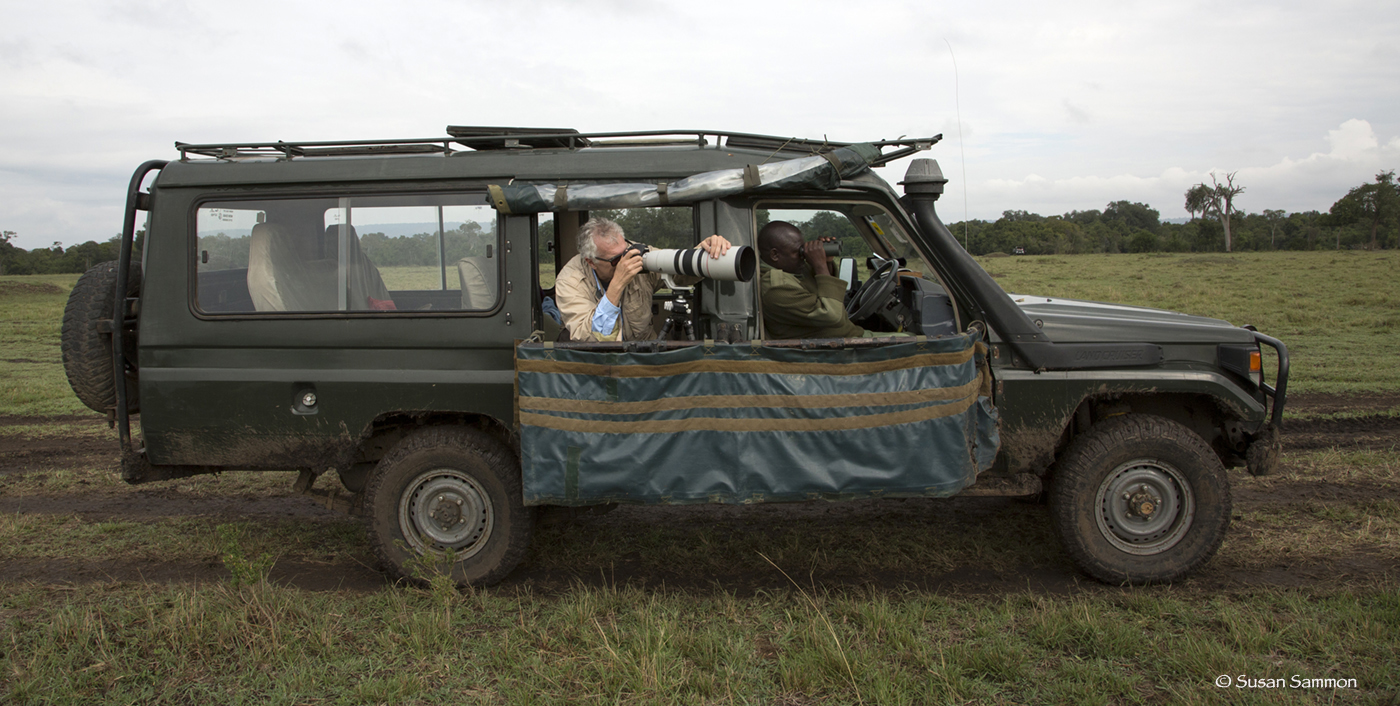This is a post from 2015, but I decided to post it again after reading an article by Tony Sweet about bad workshop behavior in the Palouse.
I've been teaching photo workshops for about 15 years. I enjoy teaching and meeting people who share their passion for photography. What could be more fun, for the students and for me?
All my photo workshop students are courteous to each other - and to other photographers we meet on site. I stress the importance of being polite on the first day of the workshop. It's just common sense.
My philosophy: We are all in this together.
Well my friends, on my recent photo workshop to Bosque Del Apache, New Mexico I had an experience that made my blood boil.
Here's what happened.
We arrived on site, in the dark, at 5:30 AM. Several other workshop instructors and their students were already on site. That's all well and good. First come, first serve. That happens many times in very popular shooting locations.
Why arrive so early? The photo below that I took at sunrise says it all.
As one of my students was setting up her tripod in an open, yet tight, spot, a photographer walked in front of our student and said, rather curtly, "That's my spot."
My student responded, "It's an open spot No one is here."
The very rude student from the other workshop said, "I was here first, I'm setting up my second tripod." (It was a tripod with a second camera and a $3,000+ lens.)
I was shocked. I said to my student, "Hang in."
I walked around for about two minutes and found a clear spot for my student. She got wonderful images - as did all of our workshop students.
As usual, after all our students were set up with "first class" spots, I set up my tripod in "coach," behind the students, and in some cases next to the students where there was room.
On a side note, I often take pictures on site and show the students the shot to illustrate a composition or lighting technique. After all, one reason photographers come on my workshops is to see how I shoot.
The rude student could have said: "Let's try to squeeze in here together. Let's get cozy. Let's try to make it work. We are all in this together."
Here's another idea: "Her spot" was not her spot. If you leave a spot and come back in 10 minutes or 10 hours, it's no longer your spot. Right?
Post a comment if you like. I'd love to hear from you, especially if you have a "bad workshop behavior" story.
Of course, if you have a good behavior story, please share that, too!
Oh yeah, there was also a guy smoking a smelly cigar in the group. Not cool, especially at 5 AM.
Explore the light,
Rick





















